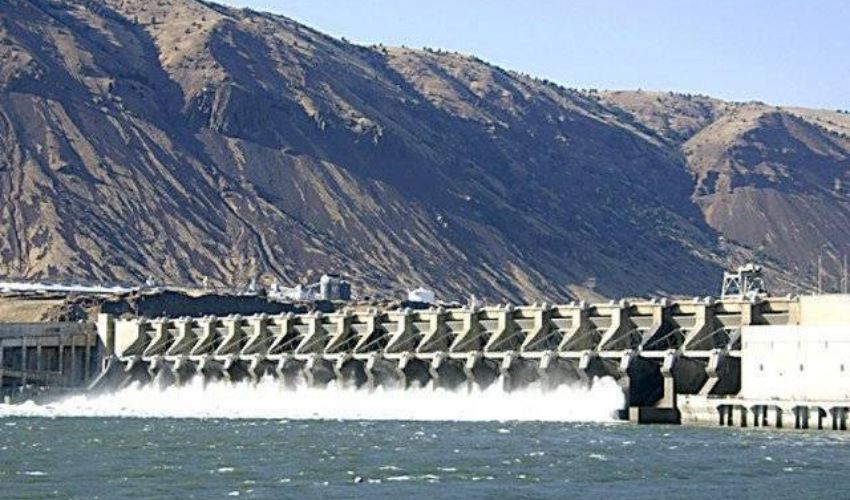The Hub Dam, one of Pakistan's largest reservoirs, has reached its full capacity, prompting the release of water through its spillways. The dam administration has reported that water is being released into the Hub River at a rate of 6,000 cusecs, a necessary measure to manage the overflow and prevent any potential damage.
As the water is released into the Hub River, the administration has taken precautions to ensure the safety of nearby communities. The release of 6,000 cusecs of water is being carefully monitored to manage the flow and prevent flooding downstream.
The full capacity of the Hub Dam is a welcome sight for the region, especially for the agricultural sector, which relies heavily on this water source. The spillway release will not only help manage the water levels but also contribute to recharging the water table in the downstream areas, benefiting agriculture and local ecosystems.
Strategic Importance of Hub Dam:
The Hub Dam, located on the Hub River, sits on the border between Sindh and Balochistan provinces.
Constructed in 1981, the dam was built to supply water to the surrounding regions, playing a critical role in the agriculture, industrial, and domestic sectors of both provinces.
The reservoir has a capacity of 857,000 acre-feet and serves as a vital source of water for Karachi and Lasbela District in Balochistan.
Its strategic location makes it indispensable for the agricultural economy of the region, particularly for the cultivation of crops in the arid zones of Balochistan.
The water from the Hub Dam is also crucial for sustaining the industrial activities in the Hub Industrial Area, which is one of the largest industrial zones in Pakistan.
The construction of Hub Dam was a significant development project in Pakistan's history, aimed at addressing the water scarcity issues in Karachi and the surrounding areas. Over the years, the dam has faced several challenges, including periods of drought that have drastically reduced its water levels. However, recent monsoon rains have replenished the dam, leading to the current overflow.




























